I have covered the enterprise side of things, but of course the world of computing has moved on. It moved on to platforms that were useable by all of us, this changed the world of computing forever. The introduction of Steve Jobs’ first product, the Apple II.
I entered the picture during the II days when the question was still “What’s a computer good for?” We knew we had a platform, but what for to use it for. Point being that in a platform you have to learn.
There are early New York Times articles to the extent of “They’re still trying to find uses for it” and even one declaring that the personal computer was “over”.
I entered the picture during the II days when the question was still “What’s a computer good for?” We knew we had a platform, but what for to use it for. Point being that in a platform you have to learn.
There are early New York Times articles to the extent of “They’re still trying to find uses for it” and even one declaring that the personal computer was “over”.
“You remember when the iPhone was introduced, Apple forgot to make it a development platform. It was only when customers jail broke it and forced them into it that it became a platform again. That’s a real lesson to us.”
In cities you know you have a platform when there are lots of applications, a nurtured development community, and developers who improve based on demand. I emphasize demand because many cities want to open up data and build up application program interfaces. What matters is how many people are using those and are you valuing them because the planning department’s using them to change the way the city works.
Here is an example of the city as a platform idea from San Francisco. Something as mundane as a streetlight. We had an RFP to replace the streetlights of San Francisco. We realized that we were not replacing streetlights with LEDs, but in face we have thousands of terminals that could provide any service. It was general purpose, it was programmable and the question was how could we solve it?
Here is an example of the city as a platform idea from San Francisco. Something as mundane as a streetlight. We had an RFP to replace the streetlights of San Francisco. We realized that we were not replacing streetlights with LEDs, but in face we have thousands of terminals that could provide any service. It was general purpose, it was programmable and the question was how could we solve it?
What happened was San Francisco held a challenge with Living Labs Global. The winner Paradox Engineering had a system utilizing a mesh network distributed device that’s going to be, well we did not know what all it can do. We know it will be used for utility meter reading, parking, municipal WiFi, but most importantly we are opening it up to developers and artists at the very same time we are using it.
There is a key idea from social media that I believe applies to the city as a platform. The 1/9/90 Rule; 1% of your audience will blog or make social media, 9% will retweet, and 90% will be the audience. What that means is you can expect a small percentage of the citizens to do amazing things for you. Others will get engaged, and it will benefit the rest of the community. We do this formerly in San Francisco through something called urban prototyping. It’s a way of taking hackathons, incubating ideas, getting the city involved, and actually seeing how citizen-driven things become part of the city government.
In San Francisco we’ve done about 500 participants and 10,000 hours a year in urban prototyping.
“The key thing is when you get citizens involved; you want a range of talent; hardware hackers, software coders, journalists, designers, urban activists, candidates, city bureaucrats, non-profits, and of course artists. There’s something amazing that happens if a city bureaucrat shows up with a journalist and a designer, and in 48 hours come up with an idea.”
We see the citizen-driven content as exercising the platform, telling those of us who are building it how to do a better job and what to do with it. Back to the lighting example, there were a bunch of citizen products. How do you turn lightning into an art form? How can you do LED things that senses you’re crossing the street? Particle indicators that are part of the system. All of these were built as prototypes in San Francisco, and they’re completely helping us inform what we’re doing.
(Concluded in The City as a Platform Pt. 4)
Video

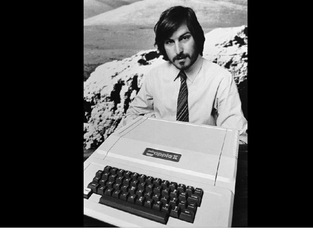
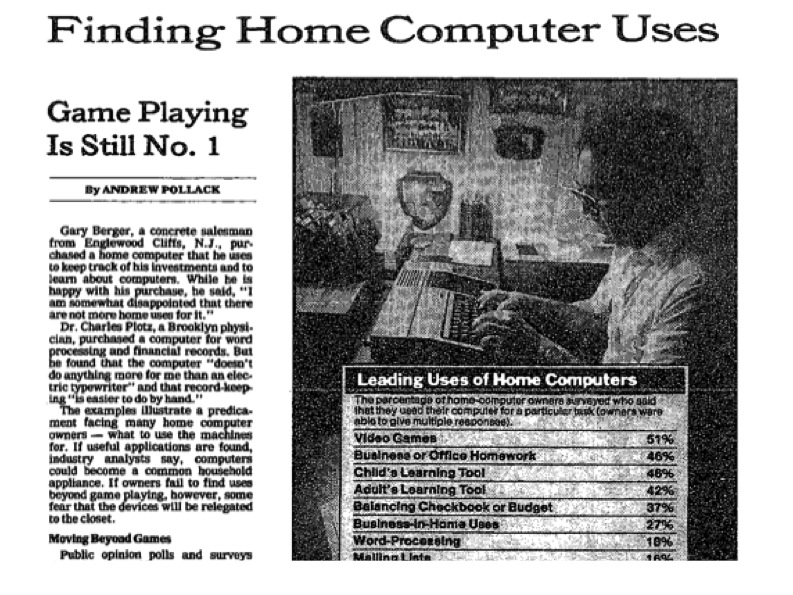
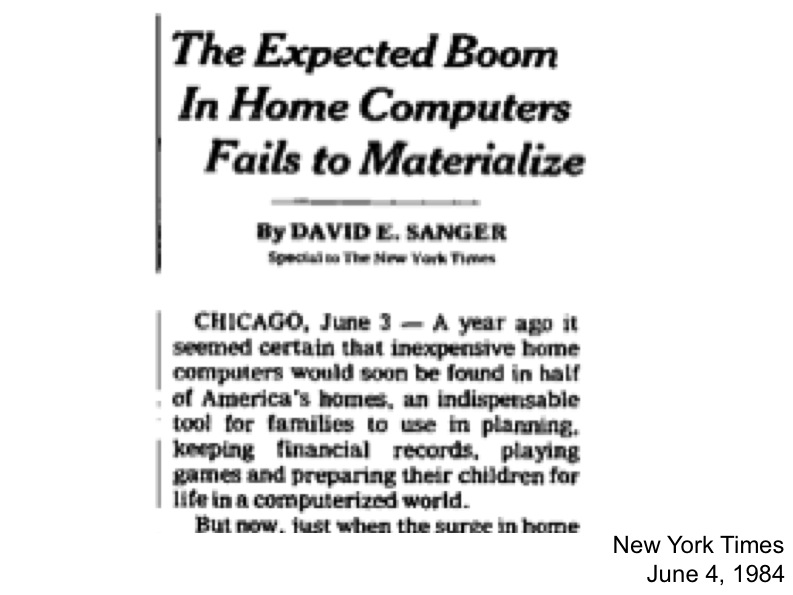

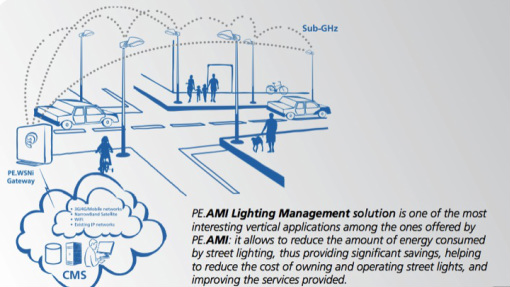
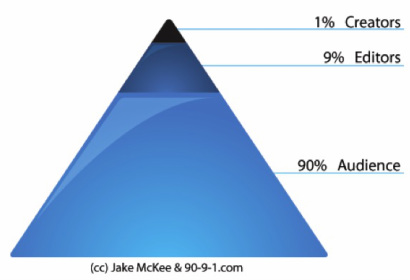
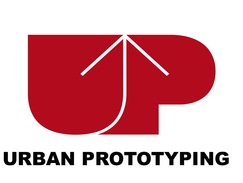
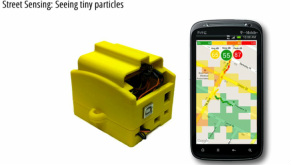
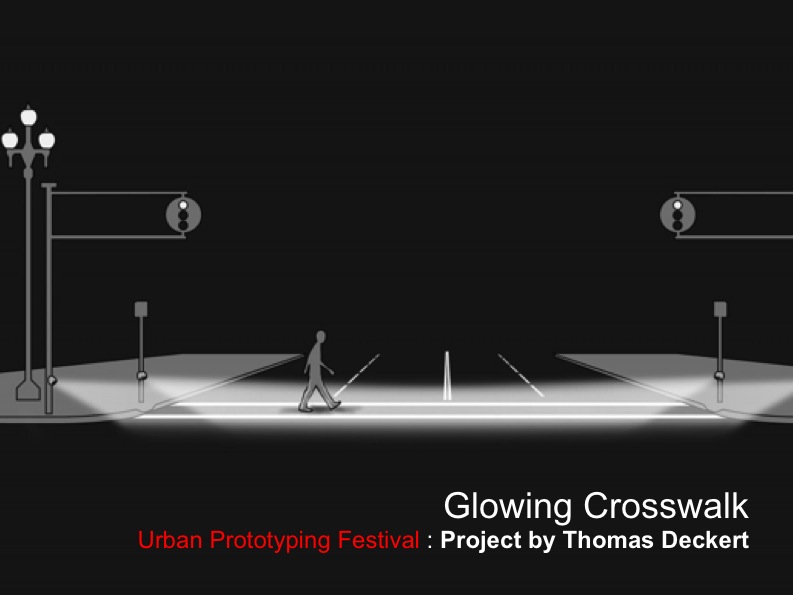
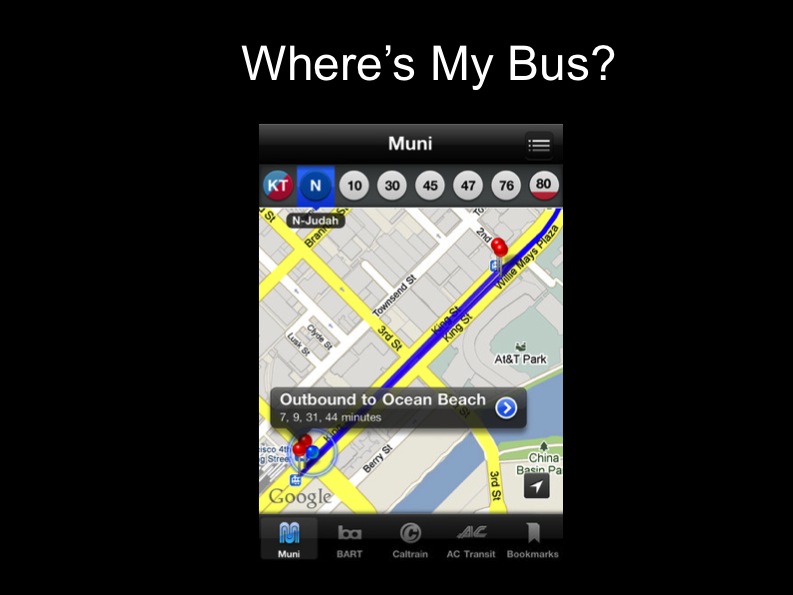
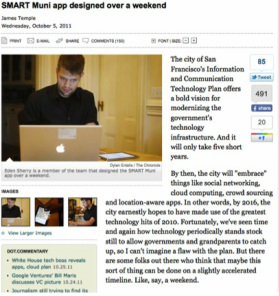
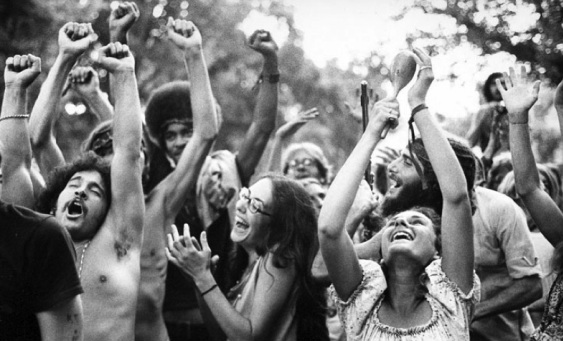
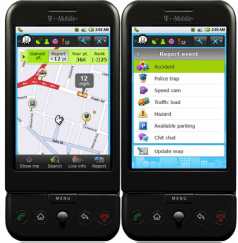

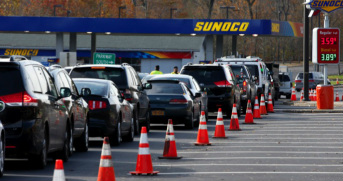

 RSS Feed
RSS Feed
